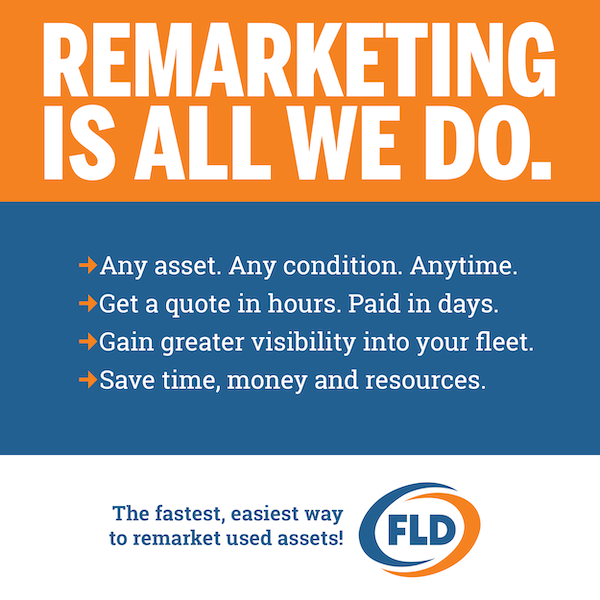
Diagnose and Analyze the Situation
By Mike Cieri, MSIR, Vice President of Mardac Consultants
Last month we looked at “how to calm the customer.” This month let’s spend some time on diagnosing and analyzing the situation.
The following four-step process can be extremely effective in handling a difficult customer:
- Be aware of your personal perceptions, biases, and reactions.
- Calm the customer with basic counseling skills.
- Diagnose and analyze the situation.
- Work with the customer to develop an action plan for solving the identified problem.
Part 3: Diagnose and analyze the situation:
Often miscommunication occurs because not enough information has been gathered and analyzed. A good technique for eliciting information from a customer is the use of open-ended questions, which cannot be answered with a simple “yes” or “no”; instead, they encourage lengthy responses. Open-ended questions begin with the words what, when, who, where, which, and how. (A good way to remember them is to think of five W’s and an H.) Here are some examples of open questions:
What are your specific concerns?
What information can you share with me so that I can help you?
When did the situation take place?
Which part of the product does not work?
From which department did you purchase the product?
Where did the problem occur?
Who spoke with you?
Who else was present?
What would you like to see happen?
How would you like to resolve this situation?
After you have gathered enough information so that you clearly understand the problem, summarize what you understand the situation to be and confirm with the customer that your understanding is correct.
Next month, in Part 4, we will examine strategies to work with the customer to develop an action plan for solving the identified problem.
About the author:
Mike Cieri, MSIR, is Vice President of Mardac Consultants and been in the Human Resource Management field for over 20 years. During this time he has held a variety of management positions, including several years on the executive management team of a large corporation as Vice President of Human Resources and Safety, as well as Vice President of Operations.




